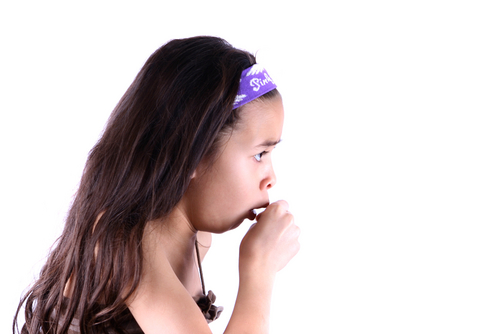Symptoms of croup are caused by narrowed airways. They may include:
- A barking cough, typically compared to the sound of a barking seal.
- A raspy, hoarse voice.
- A harsh, crowing noise when breathing in.
- Children manage by quickly breathing and sitting upright to help breath better.
Symptoms of croup often improve during the day and get worse at night. Sometimes children have croup attacks that wake them up in the middle of the night for a couple of nights in a row. Unless the illness is severe, a child with croup is usually alert and active. The child’s temperature is usually normal or only slightly higher than normal.
The illness usually improves in 2 to 5 days.


